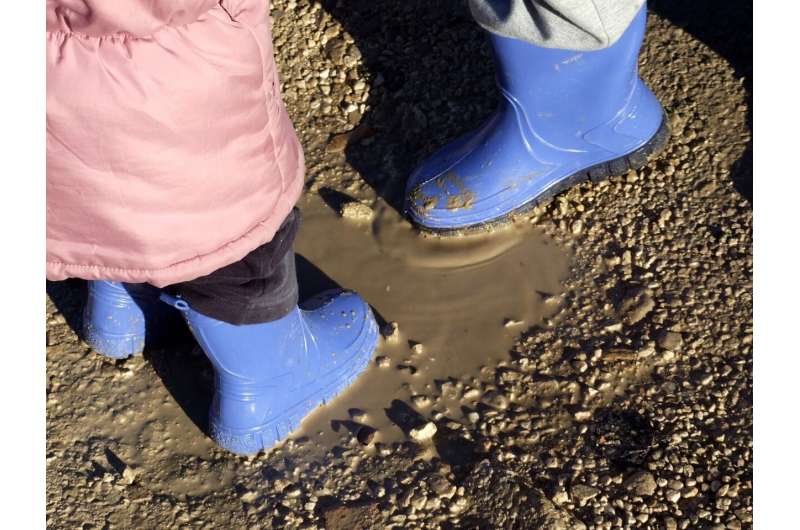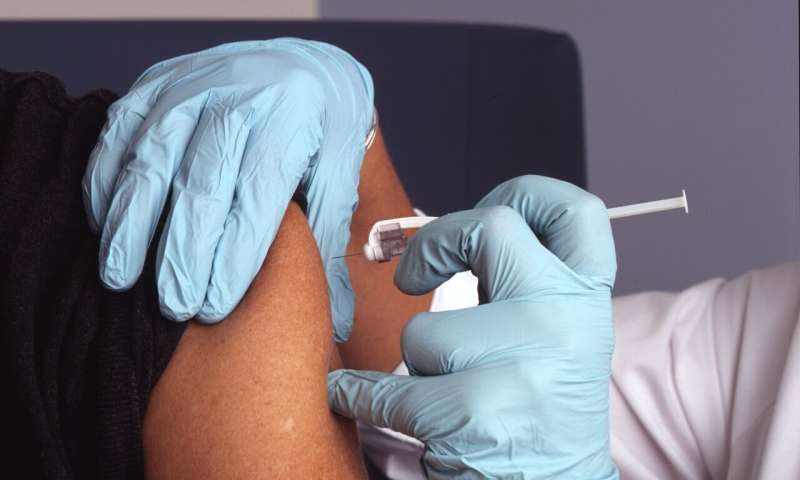Ongoing Queensland Melioidosis Outbreak: What Factors Are Sustaining This Deadly Bacteria?

Queensland faces a persistent melioidosis outbreak with rising cases and fatalities. This article explores environmental factors, bacterial evolution, and prevention strategies in combating this deadly disease.
The persistent outbreak of melioidosis in northern Queensland remains a significant public health concern as cases continue to rise well into 2025. Since the outbreak began at the start of this year, there have been a concerning 221 reported cases and 31 fatalities linked to the disease, marking a dramatic increase—up to 400% in Cairns and 600% in Townsville compared to historical data. Recently, however, the number of new cases has shown signs of decline, with weekly reports indicating a drop from peak levels.
Queensland Health’s latest updates show that as of early May, only seven new cases were identified in the most recent week, down from a high of 29 cases in mid-February. Despite this positive trend, the disease continues to be deadly, with ongoing cases and fatalities, underscoring the urgent need to understand what is maintaining the bacterium's activity.
Melioidosis is caused by the bacterium Burkholderia pseudomallei, which naturally inhabits soil, mud, and groundwater in tropical regions. Most often harmless in the environment, B. pseudomallei can cause severe illness if it enters the body through skin wounds or inhalation of contaminated water droplets. Symptoms vary widely but commonly include pneumonia—characterized by fever, cough, chest pain, and difficulty breathing—as well as skin infections and bloodstream infections.
The disease’s incubation period ranges from one to four weeks, which complicates immediate diagnosis and treatment. Chronic skin infections or cutaneous melioidosis occur in about 10-20% of cases and tend to be less responsive to standard antibiotics due to biofilm formation—a slimy bacterial layer that protects bacteria from antibiotics.
Historically, melioidosis is endemic in tropical areas like Thailand and northern Australia, including Queensland and the Northern Territory. Certain health conditions increase individual risk, especially diabetes, liver, kidney, or lung diseases, and immunocompromised states. During this outbreak, approximately 95% of cases have involved individuals with such risk factors.
Environmental factors, particularly periods of heavy rainfall and flooding, play a significant role in disease transmission. High rainfall leads to water and mud inundation, increasing contact with B. pseudomallei. While flooding explains many of the recent cases in Townsville, some outbreaks—such as those in Cairns—do not align strictly with rainfall patterns. There is speculation that infrastructure projects, like the Bruce Highway upgrade, may disseminate the bacteria through airborne soil particles generated during construction activities.
Emerging evidence suggests that the bacterium might be evolving towards increased virulence. Genome analyses indicate that environmental bacteria like B. pseudomallei can acquire new genes that enhance survival, resilience, and infectivity. Such genetic adaptations could be fueled by climate change, particularly with rising temperatures and increased rainfall, potentially making the bacterium more deadly and harder to control.
Currently, treatment for melioidosis involves prolonged courses of intravenous antibiotics in hospital, followed by up to six months of oral antibiotics to prevent relapse. Research efforts have also led to promising vaccine developments. Scientists at the University of California are working on a vaccine that prompts an immune response by mimicking the proteins of B. pseudomallei. Successful trials in animal models suggest hope for future human vaccines.
Preventive measures are crucial, especially for at-risk populations. These include avoiding muddy and waterlogged areas, wearing protective gear like gloves and boots, covering open wounds, and using respirators when working in potentially contaminated environments. Recognizing symptoms early and seeking medical attention can make a significant difference.
As investigations continue into the outbreak’s environmental sources and evolutionary dynamics, increased awareness and research are vital. Public health agencies remain vigilant, emphasizing the importance of protective behaviors and prompt medical care for those exposed.
Source: https://medicalxpress.com/news/2025-05-queensland-melioidosis-outbreak-deadly-mud.html
Stay Updated with Mia's Feed
Get the latest health & wellness insights delivered straight to your inbox.
Related Articles
RSV Vaccination During Pregnancy and Its Impact on Perinatal Outcomes and Health Equity
A recent study reveals that RSV vaccination during pregnancy is safe for mothers and infants, but uptake varies widely among different demographic groups, highlighting the need for targeted public health strategies to address disparities.
Study Finds Weighted Vests May Support Weight Loss in Older Adults Without Preventing Bone Loss
Research reveals that weighted vests and resistance training do not prevent bone loss in older adults during weight loss, highlighting the need for combined strategies to protect skeletal health.
Enhancing Brain-Computer Interface Learning with Mild Spinal Stimulation
A new study shows that mild spinal stimulation can cut brain-computer interface training time in half, opening new avenues for motor rehabilitation and assistive technology.
The Effects of Sleep Disruption and Mood Medications on Women's Hormonal and Mental Health
Disruptions in sleep patterns and the use of mood-stabilizing medications can significantly impact women's hormonal balance and mental health. Recent research highlights the importance of understanding biological rhythms to develop better treatment strategies.



